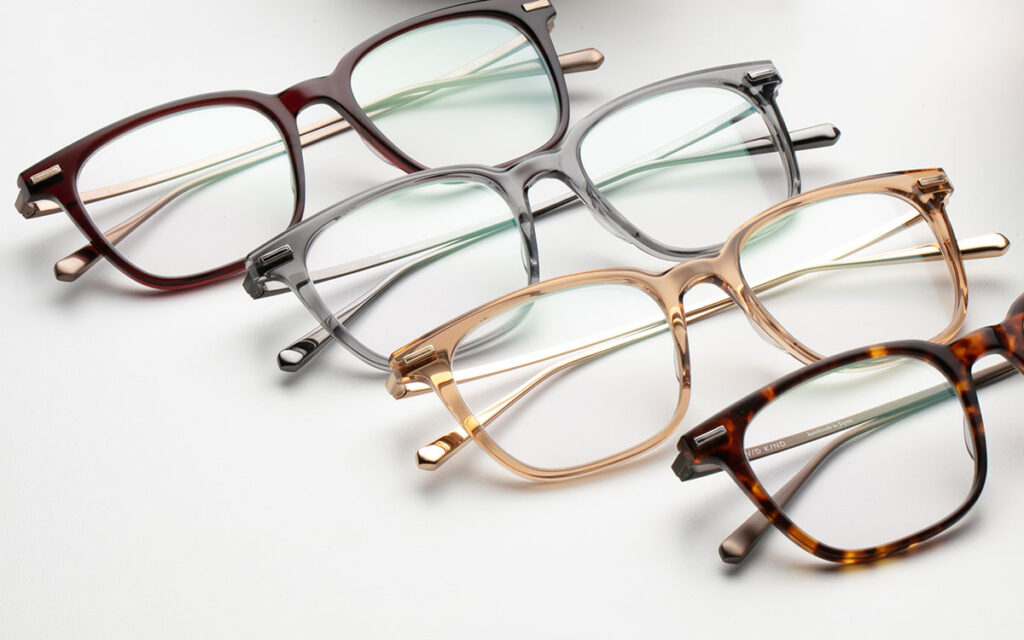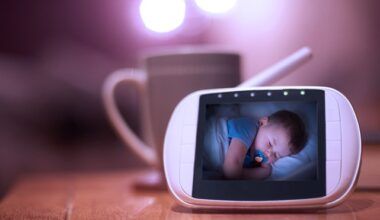There are many different types of eye appliances to choose from, and each has its benefits and drawbacks. This article will provide an overview of the best eye appliances available on the market today. We will discuss how they work, what they can do for you, and which one is right for you.
Types of Eye Appliances:
Contact lenses and glasses are two of the most common eye appliances. Some people also choose to get implants. To learn more about these eye appliances and the difference between glasses and contact lenses, check out the homewares store. The majority of eye appliances work in a similar manner, regardless of the type you choose.
How to Choose the Right Type of Eye Appliance:

How do you choose the right eye appliance if you’re in the market for a new one? There are many factors to consider, including your individual needs and preferences. This article will discuss some of the most important factors to consider when choosing an eye appliance.
One of the most important factors to consider is your lifestyle. If you lead a very active lifestyle, you may want to choose a durable appliance that can stand up to frequent use. If you are looking for an appliance that is discreet and easy to wear, you may want to choose one that is small and lightweight.
Another important factor to consider is your budget. Eye appliances can range in price from a few hundred dollars to several thousand dollars, so it is important to set a budget before you begin shopping.
How to Care for Eye Appliances:
If you wear an eye appliance, it is important to know how to care for it properly. Each type of appliance requires a different cleaning method. You should clean your appliance daily with a mild soap and water. Be sure to rinse it well and dry it thoroughly before putting it back in your eyes. If your appliance becomes dirty or stained, you can use a soft toothbrush to clean it. Never use sharp objects or abrasive cleaners to clean your appliance, as they can damage it.
Conclusion:
The eye is a remarkable organ that can perceive a wide range of hues and light. Most of the eye’s optical power is contained in the cornea, the transparent outermost layer of the eye. Incoming light is bent or refracted by the cornea to focus on the retina. Millions of nerve cells in the retina, a tiny layer of tissue at the back of the eye, sense light and transform it into electrical messages. The brain receives these messages and converts them into visuals. Several different eyeglasses and contact lenses are available at a homewares store. They are also used to correct nearsightedness, farsightedness, and astigmatism.









